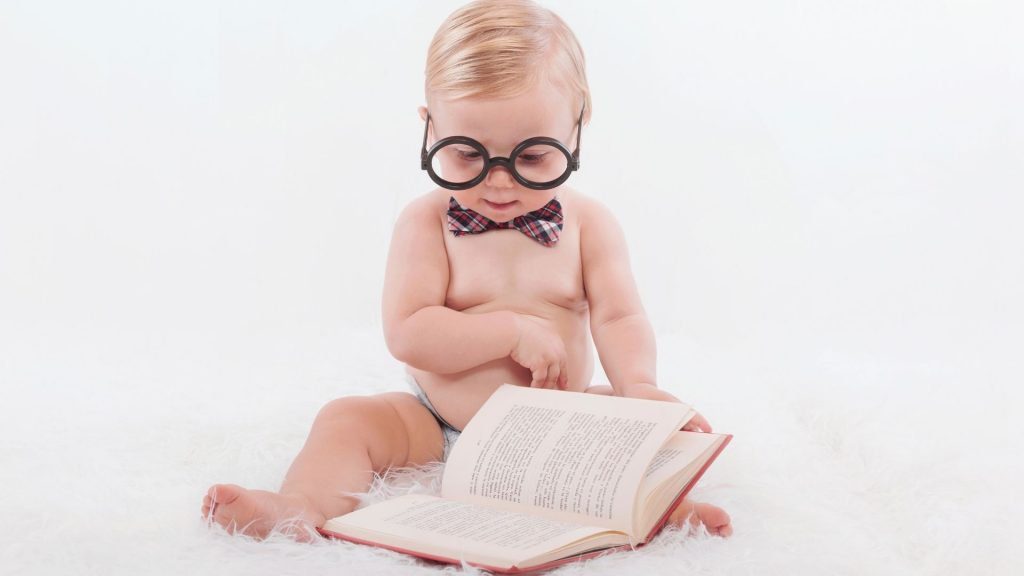Cognitive development of the newborn: the stages and how to promote it
The first years of every person are characterized by important evolutions. One of these is that of cognitive development , that is, intelligence and knowledge.
In this article I will explain all the stages of this path according to Piaget and how to best support them with the correct activities.
1. Cognitive development: introduction
Cognitive development refers to the progressive evolution of a person's cognitive abilities from when they are a newborn to adulthood.
The essential factor in developing these abilities is the external environment, that is, all the interactions and experiences that are made from birth.
Think that it is precisely at 3 years old, according to some studies, that the brain gives its best by solving very quickly and interpreting experiences.
You can imagine your child just like a scientist who thinks, experiments, seeks explanations and draws conclusions.
Your son is a genius
It is in the book ''Your Child is a Genius'' that 3 famous scientists Gopnik, Meltzoff and Kuhl compare the child to a scientist.
Child experiments are certainly less expensive than those of scientists, but the mechanism of analysis is very similar.
In fact, when a child puts an object in his mouth he is analyzing its taste, smell and consistency. In short, he is studying it; therefore, he is promoting his cognitive development!
When he keeps dropping an object on the ground, he's not being naughty, he's discovering gravity!
In the end, didn't Newton discover it that way when an apple fell on his head?!

2. The stages of cognitive development according to Piaget
Piaget , a very famous psychologist and educationalist, considers physical activity the starting point of cognitive development.
Piaget himself identified some stages. Let's look at them in detail.
Sensorimotor phase
This stage lasts from birth to 2 years .
The child goes from performing actions by instinct to repeating them to observe and understand the consequences. First he tries to understand what happens to himself (primary circular reactions), then what happens to the external environment (secondary circular reactions).
In fact, it is precisely around 8 months that the child experiments with what surrounds him, that is, his games, and collects information.
Furthermore, at this stage, reality takes shape when the child touches, feels or tastes what surrounds him.

